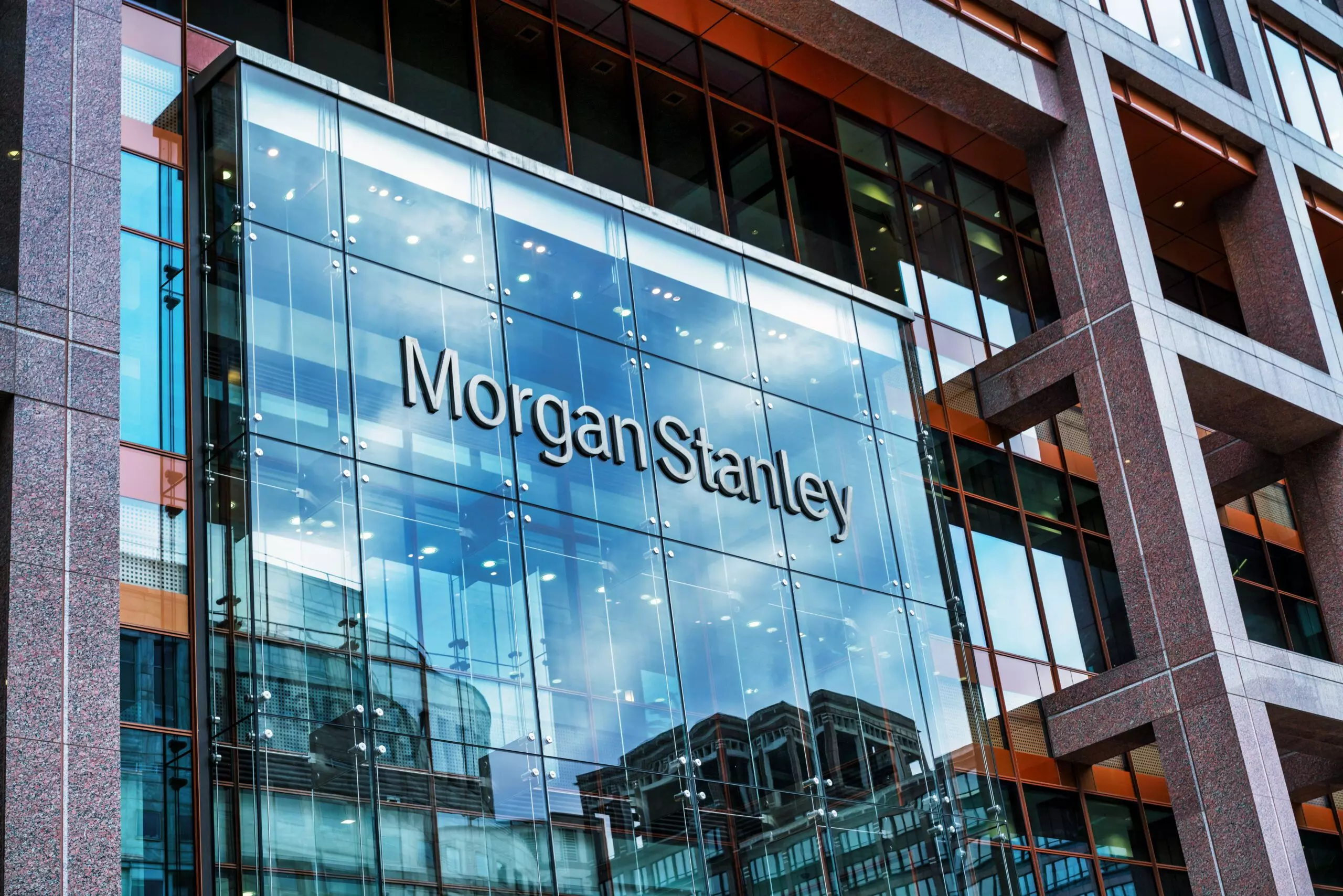The U.S. housing market is grappling with an affordability crisis, driven by mortgage rates surging above 7%, leaving many potential buyers sidelined. This situation is particularly challenging for millennials, who struggle to catch up with their parents’ generation regarding homeownership.
Redfin CEO Glenn Kelman describes this phenomenon as a “state of arrested development,” with higher rates and escalating home prices eroding purchasing power.
Last year, less than two-thirds of 40-year-olds owned homes, in stark contrast to 69% of baby boomers of the same age.
This generational homeownership gap reflects a significant shift in wealth distribution, with baby boomers owning over 20% of national wealth three decades ago, compared to millennials, who now possess less than 10% of it.
The Federal Reserve’s aggressive rate hikes have propelled mortgage rates to a two-decade high, making homeownership more expensive. This rate surge has deterred potential buyers and encouraged existing homeowners to stay put, contributing to the ongoing inventory shortage.
The limited housing supply has intensified competition among buyers, pushing home prices close to record highs.
In August, the median sale price surged to $379,975, marking the most significant monthly increase in ten months. Simultaneously, active listings plummeted by 19% year-over-year, the most significant drop since February 2022.
Economists foresee little relief on the horizon. FWDBONDS chief economist Chris Rupkey emphasizes that the nationwide housing shortage and higher borrowing costs cloud the residential housing market’s outlook.
Unless borrowing costs or home prices unexpectedly decline, the scarcity of available homes for sale will persist.
A recent Zillow survey reveals that approximately 80% of mortgage holders have rates below 5%, with nearly a third enjoying rates below 3%. This situation discourages homeowners from moving and facing higher monthly payments.
Federal Reserve Chair Jerome Powell has repeatedly indicated that higher interest rates may be necessary to combat inflation, potentially intensifying the housing sector’s challenges.
Kelman predicts that the housing market will remain in a “holding pattern” for the remainder of the year and into 2024, suggesting that addressing the affordability crisis will require a multi-faceted approach.







